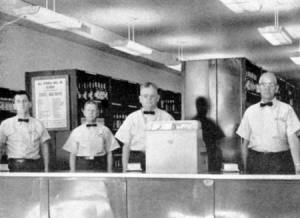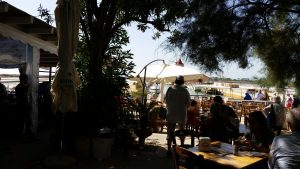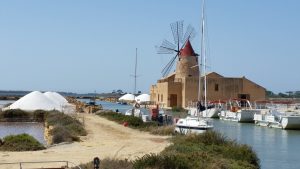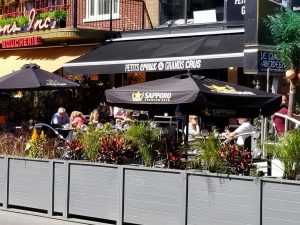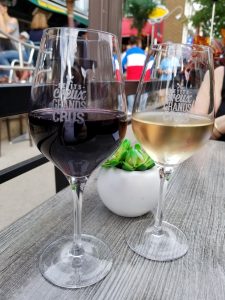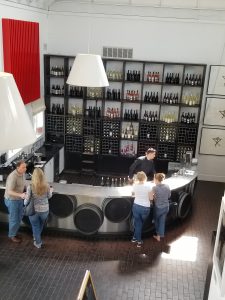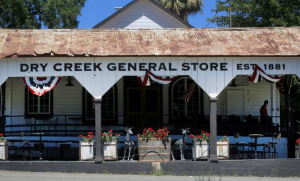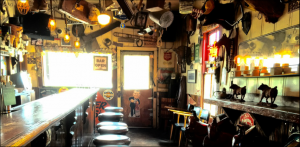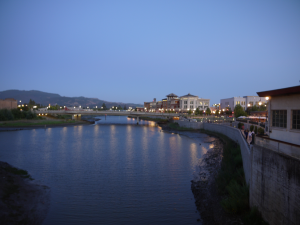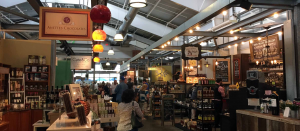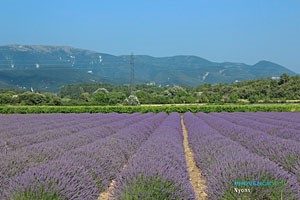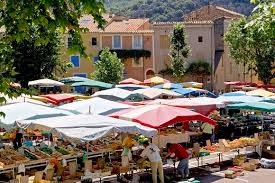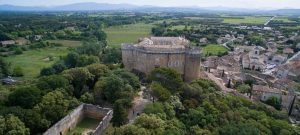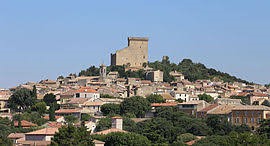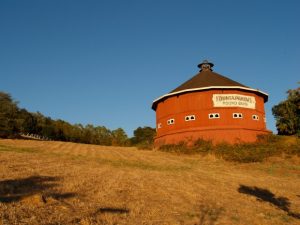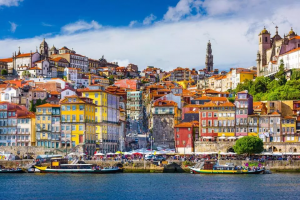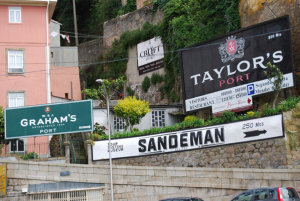Back in 1666, when Louis XIV was 28 years old and not yet the Sun King, he and his ministers decided to actualize a long-held dream: to connect Toulouse to the Mediterranean Sea via a canal running through the Midi, a familiar name for the Southwest of France. The engineering work fell to Pierre-Paul Riquet, who is still celebrated in that region, and it was completed by 1681. All of which is mildly interesting history, except for the fact that you can boat, live and walk or bike along the Canal du Midi today. If you are visiting Languedoc for wine tasting, leave yourself some time to enjoy the canal as well.

For the most part, the canal wends its way through shady glades and lovely little villages. Life does not go very fast along the Canal du Midi. It is 240 km. long but only 10 meters wide, just enough for two rather narrow boats to pass by. You couldn’t go fast if you wanted to, unless you wanted to smash your boat against one that is anchored on the side, drown in a lock or take your head off passing under a low stone bridge. So you are forced to slow down your inner clock, take it easy and enjoy the scenery.
Sometimes the best part of that scenery is the willows and reeds along the banks. On others, it’s the pretty small villages along the canal and also the glimpse of castles and cathedrals off in the distance. And if you’re walking or biking along the banks rather than boating, there are pleasant pathways that give way to breathtaking vistas especially, so we have found, as sunset approaches. Both the boaters and the walkers seem to enjoy a friendly wave as they pass one another.
Our personal experience has been to take a tour from just outside Toulouse to a turning point half way to Carcassonne. It’s only 30 or so kilometers and can be driven in a half an hour, but it took us all day. There are other, similar tours all up and down the canal. Make sure you find one that goes further than just around the sections that are in urban areas. Nothing against cities, but the joy of the canal is the French countryside as you glide by. We have also spent time in a house along the canal, which was wonderful.
Another idea is to make the Canal du Midi the vacation itself. We haven’t done it ourselves, but we know that you can rent a boat (called a péniche) and pilot yourself along the canal. There are dinky little boats available as well as large cruisers that sleep up to 10 people, although we mostly have seen parties of six or fewer. From what we can see from the banks, the most popular rental agency is the unimaginatively named company, Le Boat (www.leboat.com).
There are numerous places along the canal where you can pull up and spend the night or a few days. If you are next to a village, you can pick up groceries or have your meals in cafés or serious French restaurants that line the shores. It’s the best fun you’ll ever have in the 17th century.


